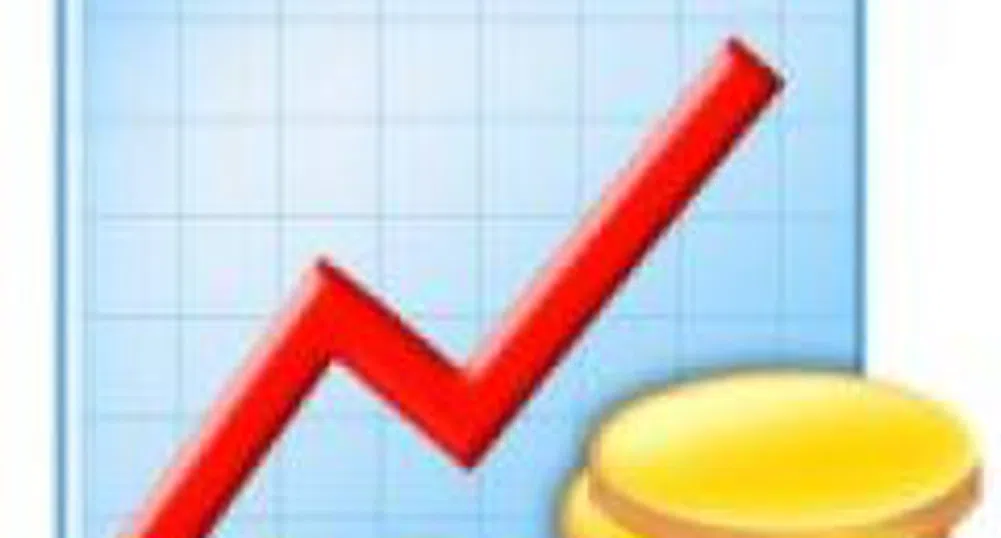Romania's National Bank To Raise Monetary Policy Rate to 9%

The National Bank of Romania is pushing for an increase in the cost of lending in RON by increasing the key rate by 1%, from 8% to 9%. This is more than the market expected and reflects NBR's fears of an inflationary outburst, Ziarul Financiar reports.
NBR's rate has gone up by two percentage points since October 2007 and thus reverted to the highest level since the summer of 2005, as analysts expect the inflation increase to continue and reach an annual rate of 8% over the coming months.
Besides the increase in the price of lending in RON, NBR decided to also tackle the lending in foreign currency, which continued to rise rapidly despite the depreciation of the RON.
It now requires not only banks but also non-banking financial institutions to increase and start building risk reserves for foreign currency loans granted to clients that earn incomes in RON, which create additional costs. This will be possible to avoid for large loans by transferring them to parent banks, but it also creates a new reason to make retail loans in foreign currency more expensive.
NBR Governor Mugur Isarescu will explain the decisions taken to counter inflationary expectations on Thursday, which is when the twelve-month schedule of monetary policy meetings of the Board of Governors will also be published. The reasons mentioned by yesterday's Board of Governors' release for the rate increase by one percent and for discouraging lending in foreign currency cover a wide range of factors: the continued growth of unsustainable consumption, the fast-paced growth of lending in foreign currency - a trend that along with the increased and persistent RON exchange rate volatility, entails potential risks to financial stability, the fast-paced increase of all the components of the non-governmental lending, the worsening of the short-term inflationary outlook and the persistence of international economic tension.
The RON deposit rate upward trend is expected to continue, with an increase in savings, a higher increase in RON and foreign currency loan prices, and a slowdown in the demand for bank loans, as well as a stronger RON rebound trend also expected.
)


&format=webp)
&format=webp)
&format=webp)
&format=webp)

&format=webp)